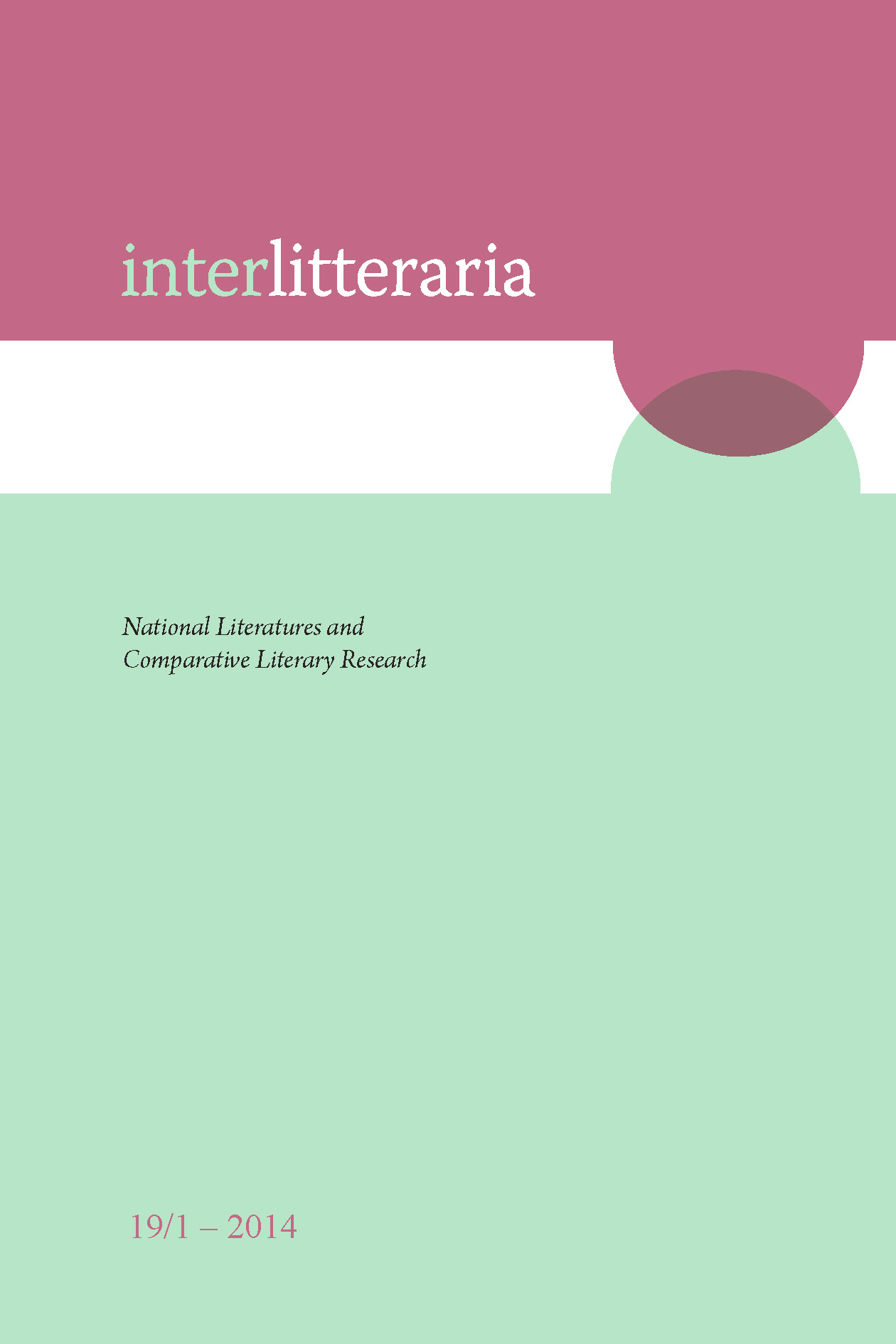Polish Literature for Children and Youth in a Comparative Perspective (Selective Problems)
DOI:
https://doi.org/10.12697/IL.2014.19.1.11Keywords:
culture studies, intertextuality, translation, canon formation, multiculturalism, comparative history of literature in historical context, "culture domination"Abstract
Literature for children and youth in a comparative perspective is a wide and complex problem. The issues in this article are organized mainly in relation to such problems and categories as cultural topography, comparative history of children’s literature, cultural domination, international exchange, research on translation, on canon formation and multicultural education. We should analyse these theses selectively, especially when we see literature for children as a product of modern times, which has two bases: the classics for adults on the one hand, and the folklore on the other – two fields of creation that children’s literature simply had at some time been compared to.
As far as Poland is concerned, it is worth noting that initially French and German influences were dominant and shaped the themes of novels, fairy tales and didactic poetry for children. The child reader had contact with a rich canon(s) of translated literature from many languages also within the framework of Polish language and culture education.
Undoubtedly, we could see that foreign literature is a particular preparation for children to receive other cultures and to develop a dialogue between other cultures even though cultural differences exist. Since people all over the world may have similar problems, foreign literature should help children as readers to comprehend others’ experience.
Downloads
Downloads
Published
Issue
Section
License
The contents of Interlitteraria are published under CC BY-NC-ND licence.


